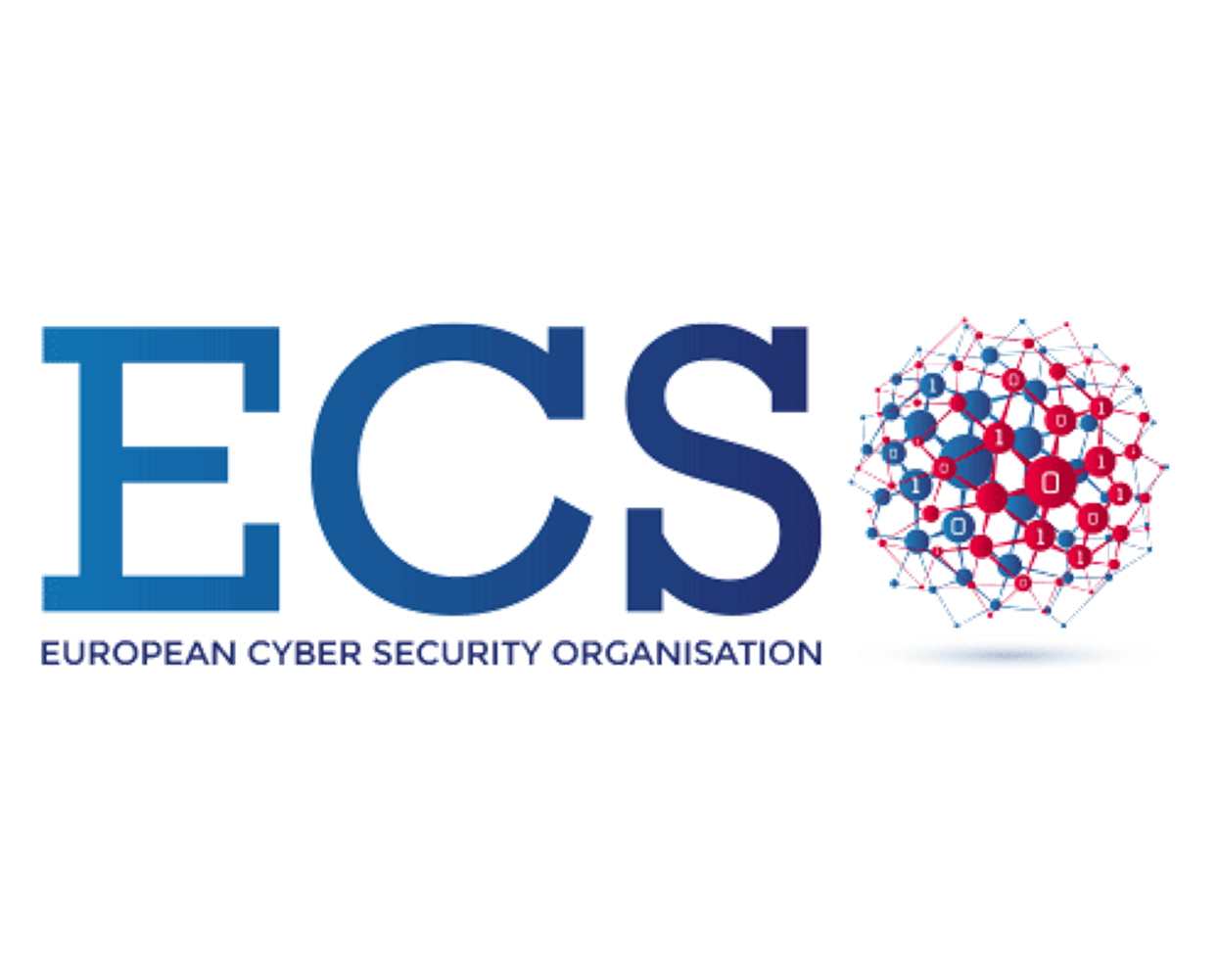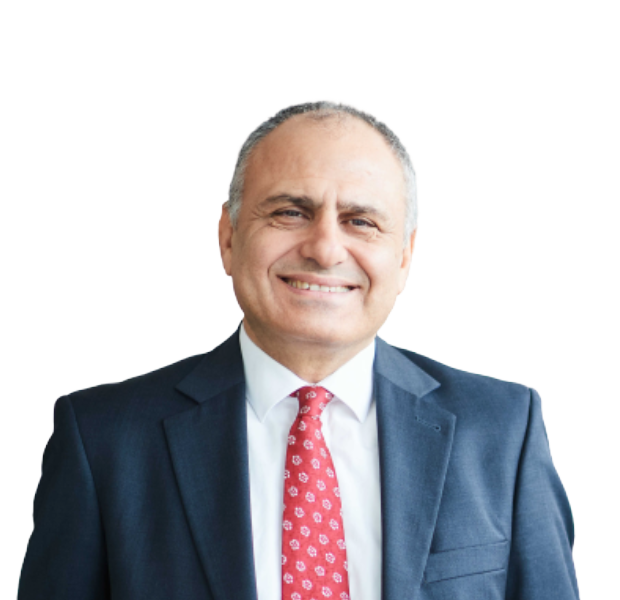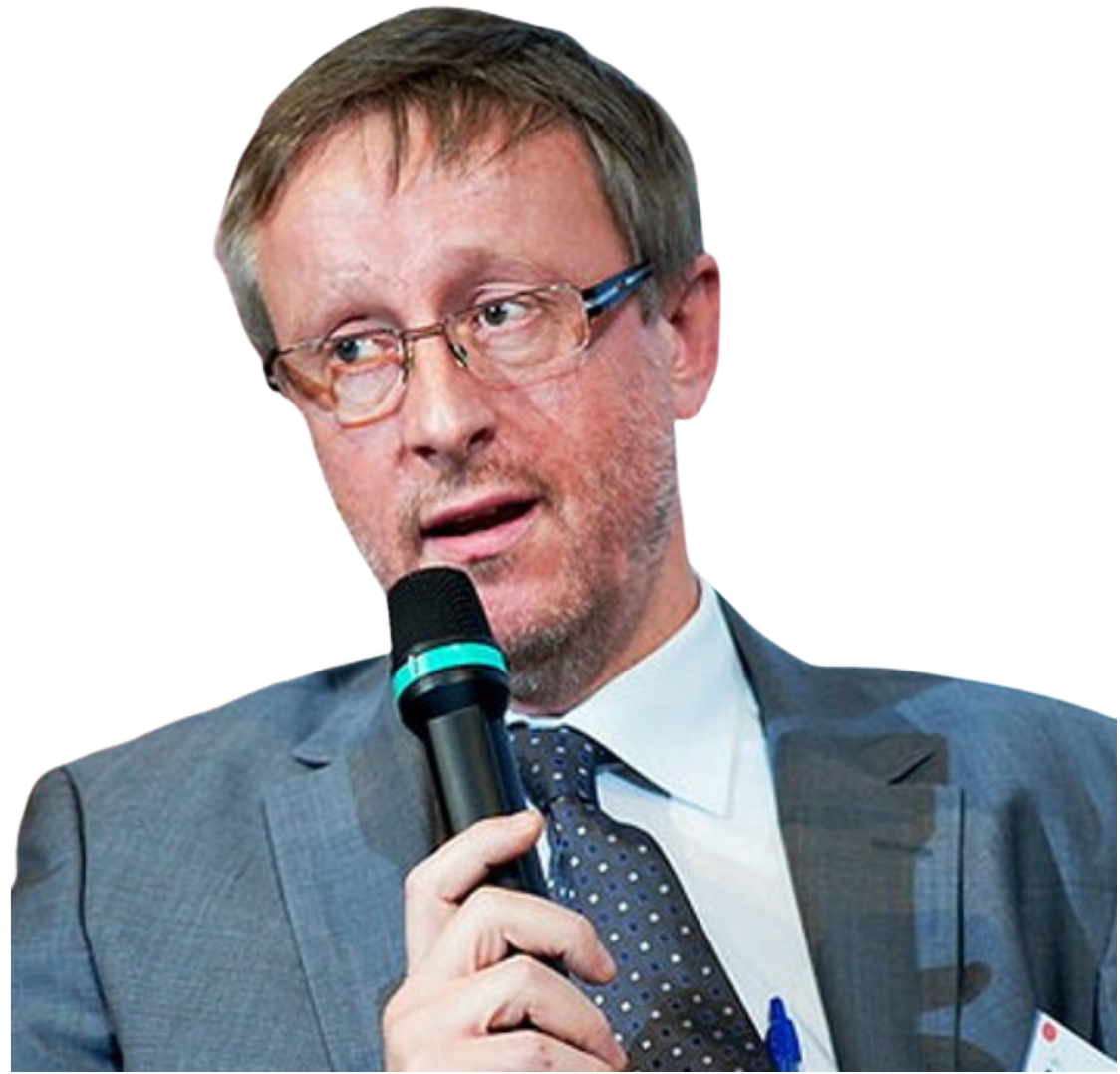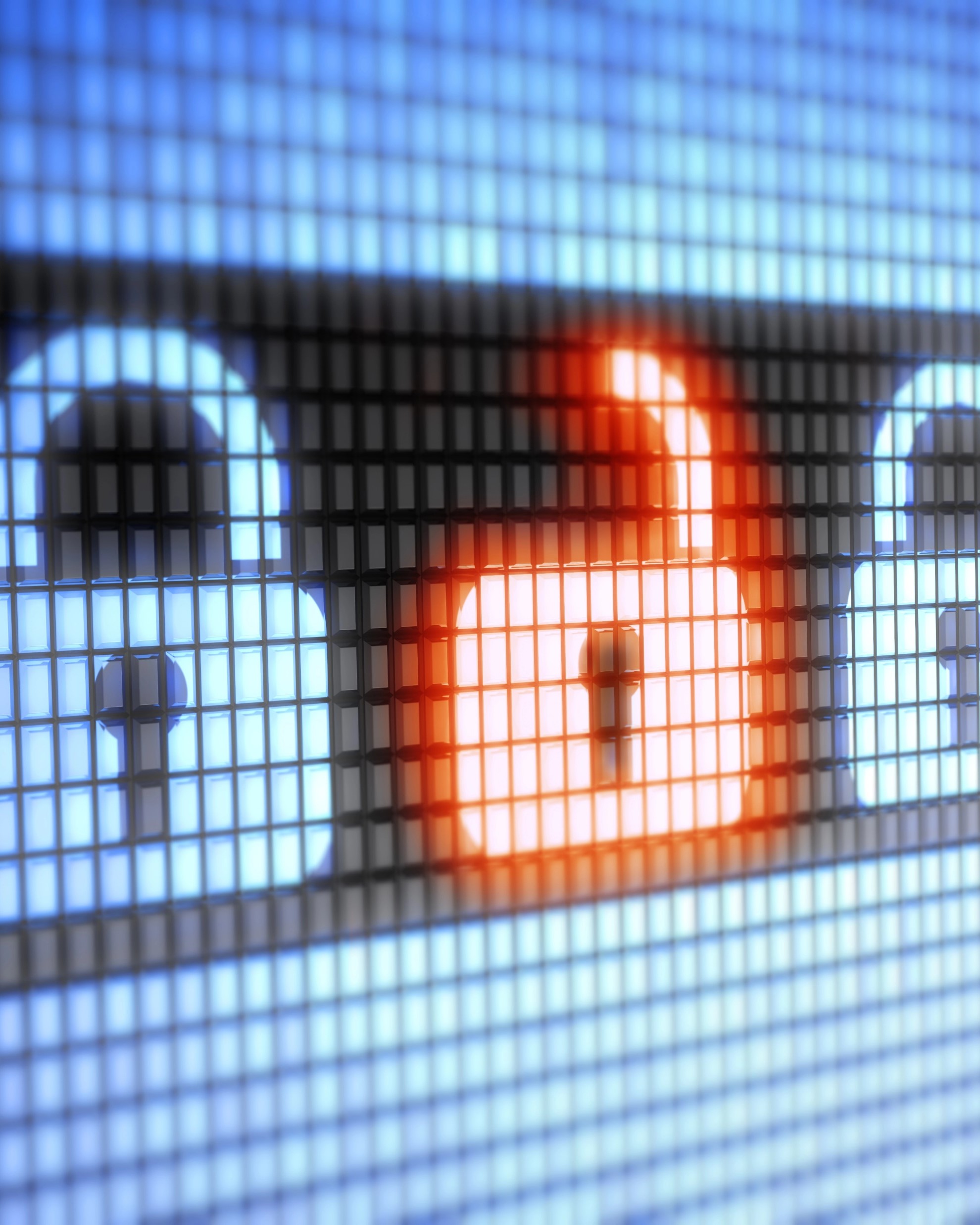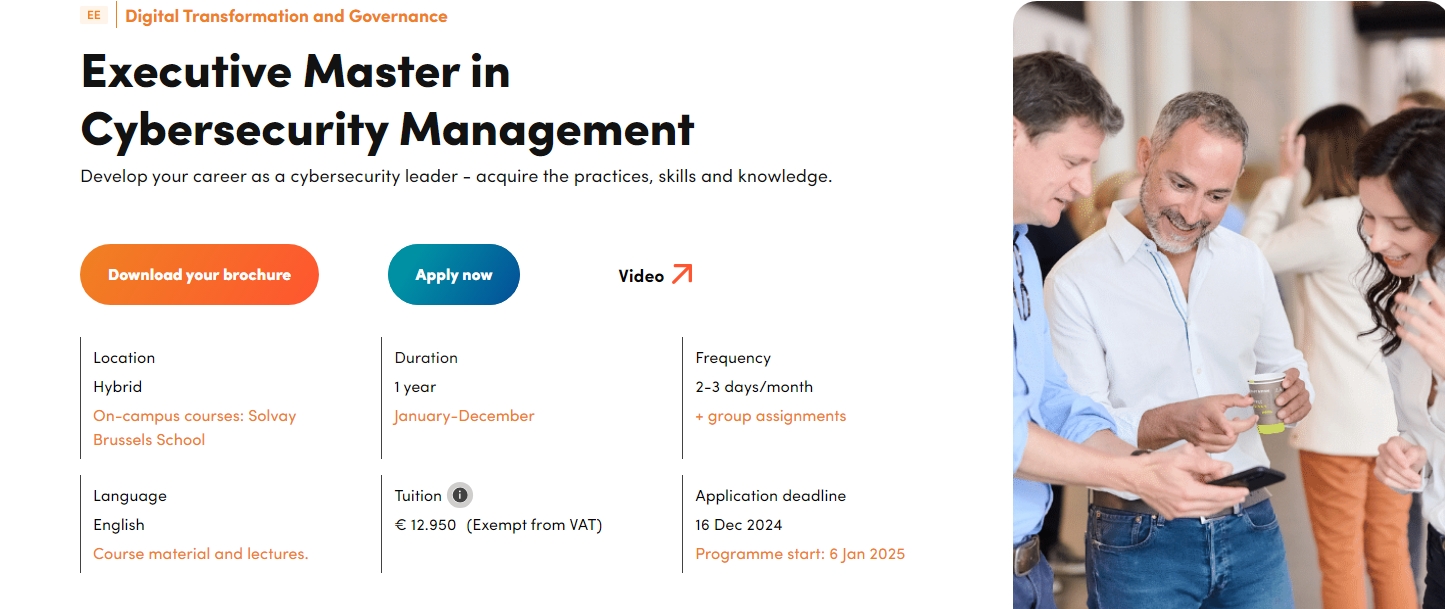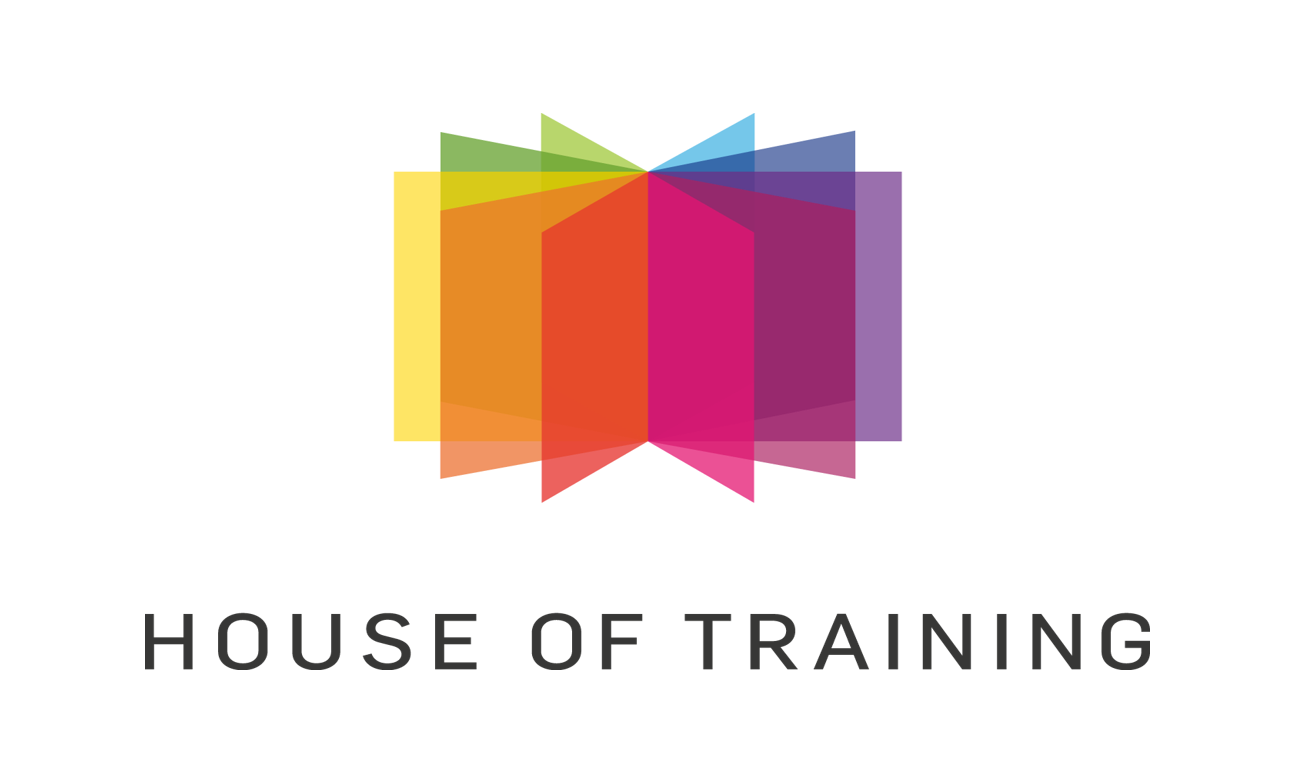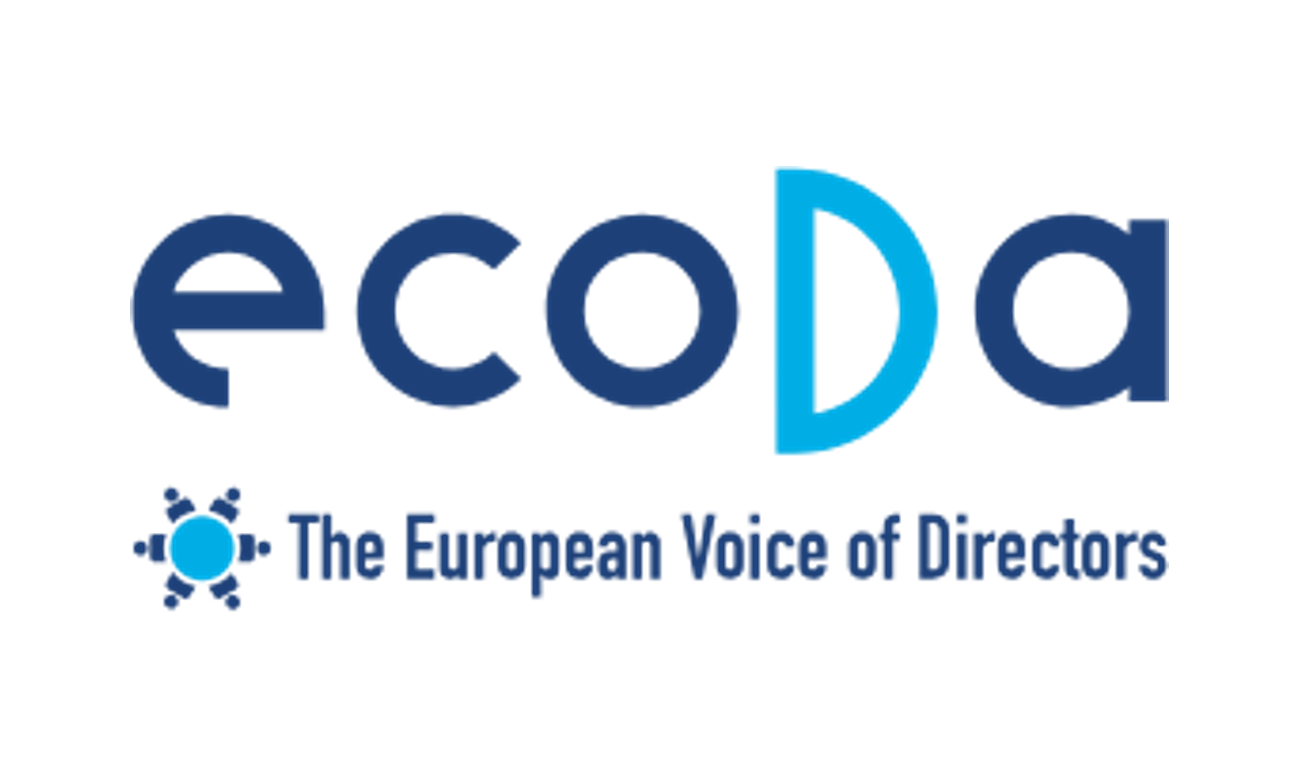Nos formations et sensibilisations
Nous pouvons vous assister à analyser le profil de vos experts en cybersécurité et en informatique afin de développer leurs plans de formation et de carrière.
Nous vous assistons également à structurer votre plan de formation cybersécurité pour les différentes catégories de personnel :
Administrateurs et Dirigeants
Cadres et responsables métiers
Personnel non informatique
Personnel informatique
Personnel spécialisé en sécurité
Quelques avantages de travailler avec nous :
📍 Formations en présentiel à Bruxelles, Namur et Charleroi pour plus de proximité et de confort.
🌐 Trois langues disponibles : français, anglais et néerlandais, pour mieux s’adapter à vos équipes.
📘 Supports pédagogiques complets et actualisés, conçus pour vous accompagner bien au-delà de la formation.
🎓 Formateurs expérimentés : plus de 15 ans d’expertise académique et opérationnelle.
🤝 Accès direct aux formateurs avant, pendant et après la formation pour approfondir vos questions.
🧠 Cas pratiques et mises en situation réalistes pour une mise en application immédiate.
🎯 Formations adaptées à votre secteur, avec des exemples concrets issus de votre réalité métier.















